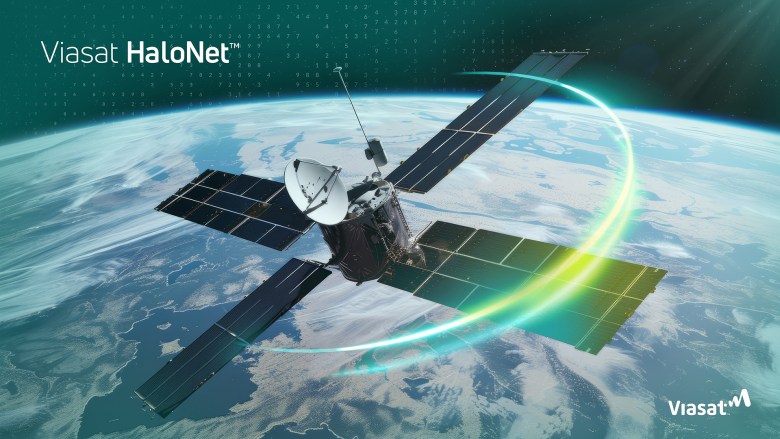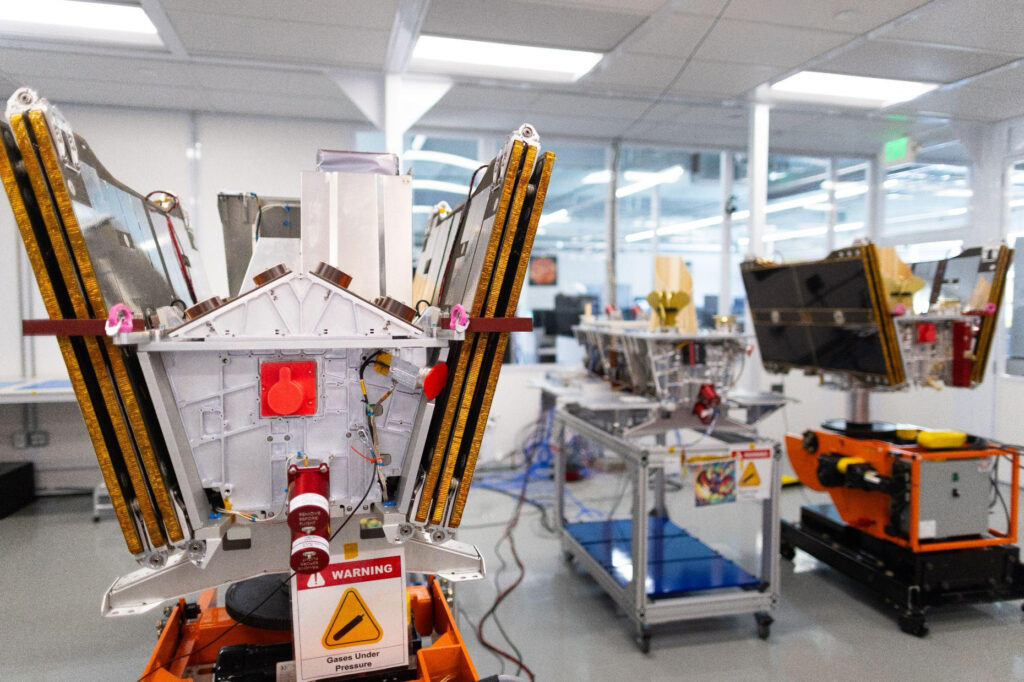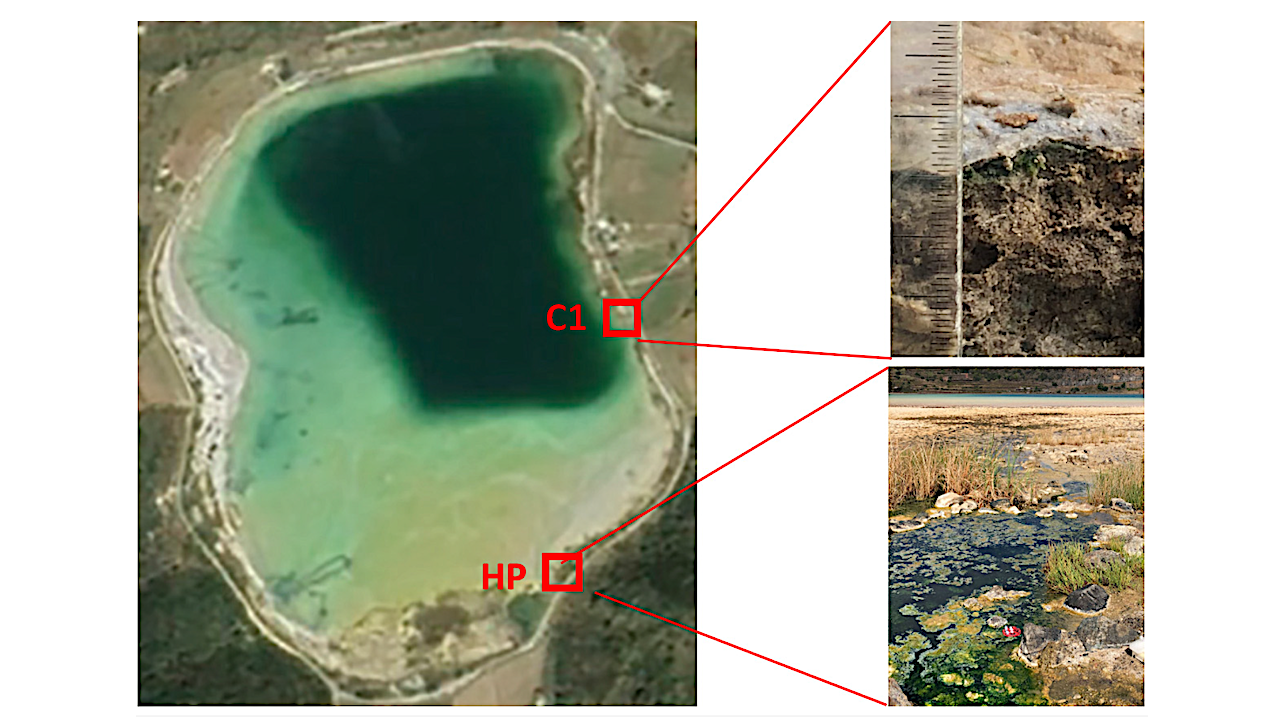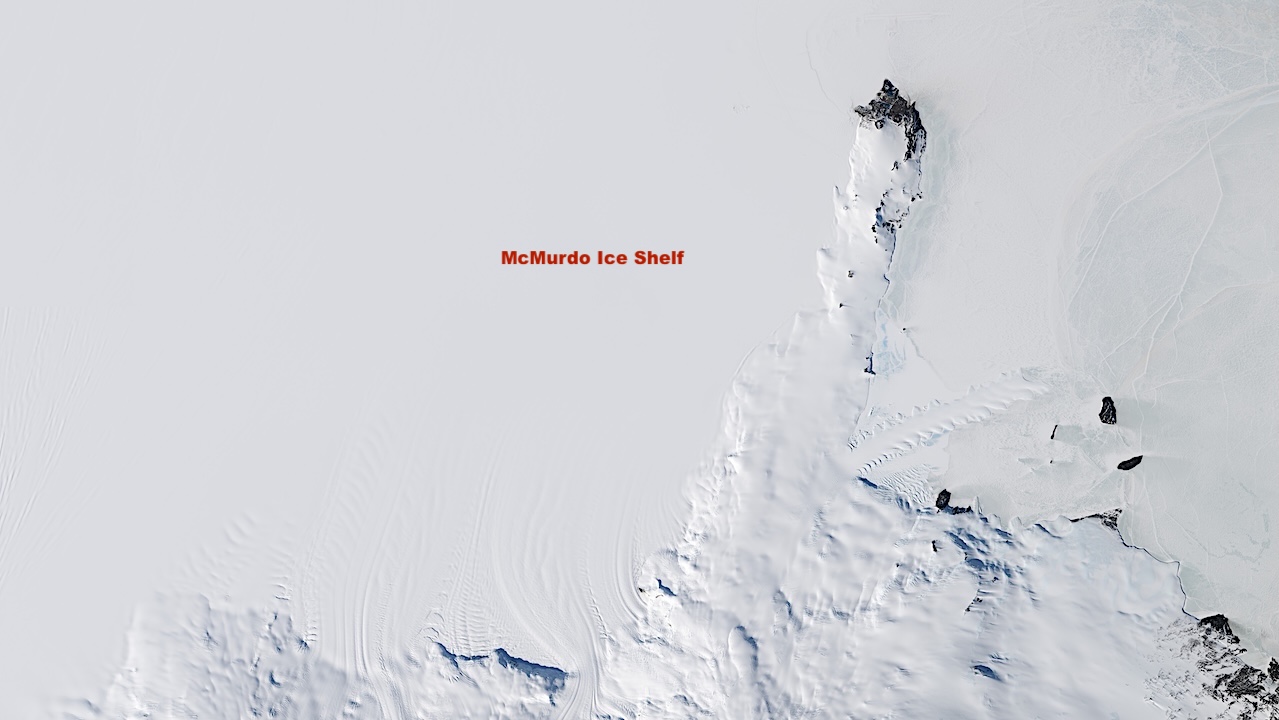Now Reading: Viasat Unveils HaloNet Capability Portfolio for Near-Earth Communications and Beyond
-
01
Viasat Unveils HaloNet Capability Portfolio for Near-Earth Communications and Beyond
Viasat Unveils HaloNet Capability Portfolio for Near-Earth Communications and Beyond

CARLSBAD, Calif., August 11, 2025 – Viasat, Inc. (NASDAQ: VSAT), a global leader in satellite communications, today introduced its HaloNet™ portfolio—a modular set of capabilities with next-generation connectivity architecture that unifies space and terrestrial networks into a cohesive service offering.
Developed by Viasat Government and the company’s Defense and Advanced Technologies segment, HaloNet is designed to meet the growing needs of government and commercial low Earth orbit (LEO) operators who require agile, reliable, and secure communications infrastructure to transport mission data, maintain real-time spacecraft command and control, and manage latency across complex constellations.
Comprehensive, Flexible Communications
HaloNet supports simultaneous connectivity to thousands of space vehicles across all orbital inclinations, including polar and retrograde, at altitudes up to 1,100 km in LEO as well as medium Earth orbit. It offers turnkey launch and orbital communications through multi-band GEO relay and Direct-to-Earth (DTE) satellite communications services.
“With today’s space environment becoming increasingly complex, customers need agile, reliable, and secure communications infrastructure that can support real-time command and control and data transport,” said Craig Miller, President, Viasat Government. “HaloNet enables us to meet these evolving near-Earth mission communications needs for both government and commercial customers.”
A Unified Set of Capabilities
HaloNet integrates Viasat’s space and ground assets to deliver multi-band, multi-path, secure connectivity. Key services include:
- Telemetry, Tracking & Command (TT&C) Data Relay Service (DRS): Low-latency, secure connectivity with spacecraft via Viasat’s L-band network for real-time situational awareness.
- Launch Telemetry DRS: Real-time launch phase telemetry relay without building or leasing downrange ground stations.
- High-Capacity DRS: On-demand Ka-band data transport for high-volume payloads such as video or imagery, without prescheduling.
- Direct-to-Earth (DTE) Service: High-performance TT&C and payload downlinks via a global GSaaS network spanning six continents.
- Mobile Command & Control: Field-deployable mobile satellite gateways for secure TT&C from virtually any location.
“HaloNet is helping transform near-Earth communications, combining our advanced space, ground, and networking infrastructure into a solutions portfolio addressing customer needs,” said John Reeves, Vice President of Space and Mission Systems, Viasat Government. “We’re delivering a one-stop shop for secure, resilient connectivity and data transport.”
Mission-Driven Architecture
HaloNet dynamically leverages GEO relay satellites with L-band, Ka-band, or future optical links, supporting data rates from tens of Kbps to more than 10 Gbps. Its global DTE ground network adds resilience and optionality, enabling government and commercial users to tailor solutions for diverse mission requirements—from climate science to tactical defense.
For more information, visit Viasat’s HaloNet page.
Stay Informed With the Latest & Most Important News
-
 012024 in Review: Highlights from NASA in Silicon Valley
012024 in Review: Highlights from NASA in Silicon Valley -
 02Panasonic Leica Summilux DG 15mm f/1.7 ASPH review
02Panasonic Leica Summilux DG 15mm f/1.7 ASPH review -
 03How New NASA, India Earth Satellite NISAR Will See Earth
03How New NASA, India Earth Satellite NISAR Will See Earth -
 04And Thus Begins A New Year For Life On Earth
04And Thus Begins A New Year For Life On Earth -
 05Astronomy Activation Ambassadors: A New Era
05Astronomy Activation Ambassadors: A New Era -
06SpaceX launch surge helps set new global launch record in 2024
-
 07Space Force plans new ‘Futures Command’ amid pressure to speed up modernization
07Space Force plans new ‘Futures Command’ amid pressure to speed up modernization





















